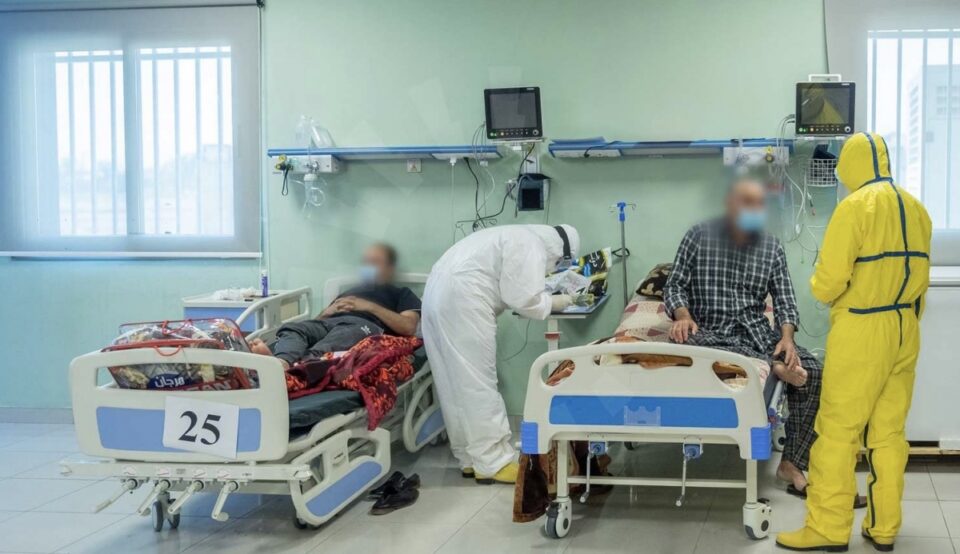Sema
woman in Duhok province has died after contracting hemorrhagic fever, marking the first fatality from the disease in the Kurdistan Region, the regional Health Ministry confirmed on Saturday.
In a statement, the ministry said two suspected cases were recently reported in Duhok and hospitalised for testing.
One of the cases was confirmed as the second recorded instance of hemorrhagic fever in the region.
The patient—a 45-year-old housewife from Shiladze in Amedi district—had reportedly been in contact with animals before falling ill.
She was admitted to a hospital in Duhok city with symptoms of hemorrhaging. Despite receiving intensive medical care, her condition worsened and she ultimately succumbed to the disease.
In light of the case, the Health Ministry urged the public to remain vigilant, particularly those in contact with livestock.
“Follow the guidelines of the Ministry of Health. If there are suspicions or symptoms of disease in animals, veterinary teams must be notified.
Citizens who have contact with livestock or animal products should quickly visit hospitals if they experience any unhealthy symptoms,” the ministry said.
The hemorrhagic fever recorded in Iraq, commonly referred to as Crimean-Congo hemorrhagic fever (CCHF), is a viral disease transmitted to humans through ticks or contact with infected animal blood.
In Iraq, outbreaks have been increasingly reported in rural and agricultural areas where animal husbandry is common.
According to Iraq’s federal health authorities, dozens of infections and several fatalities have been reported across multiple provinces since 2023, with heightened concern during Eid al-Adha due to increased slaughtering of animals.
The virus is highly contagious and has a mortality rate ranging from 10% to 40%.
The Kurdistan Region had previously remained largely unaffected, making this the first recorded death and only the second confirmed case in the Region.
Health officials have intensified surveillance and public awareness campaigns to prevent further spread, especially in regions with livestock markets and abattoirs.

